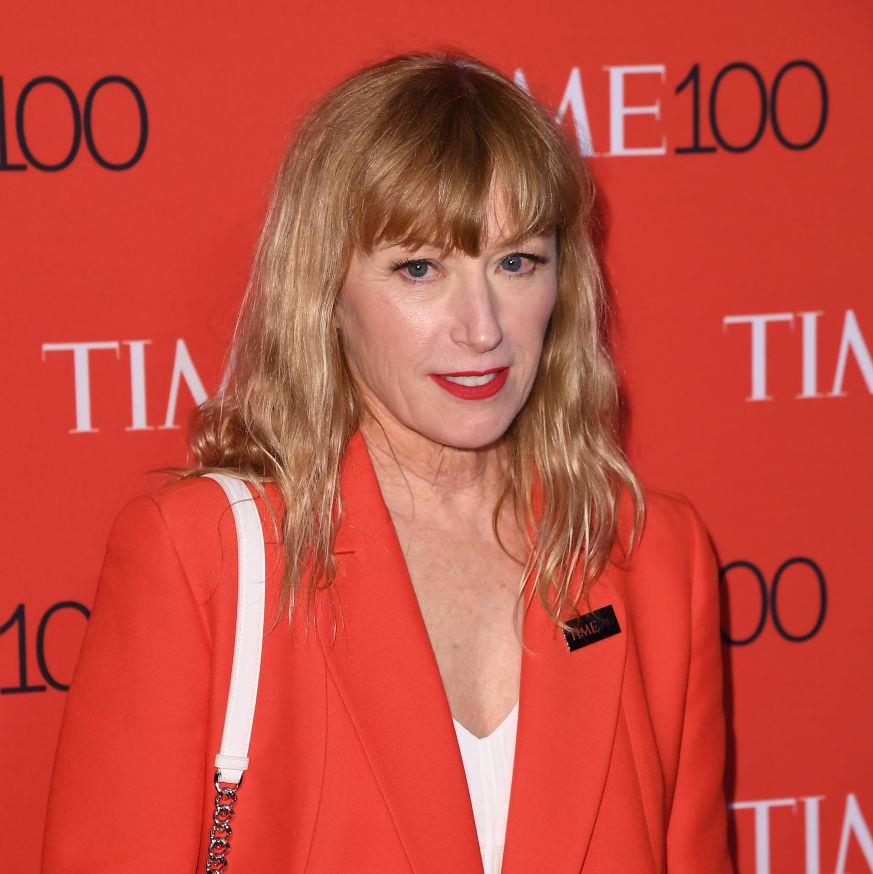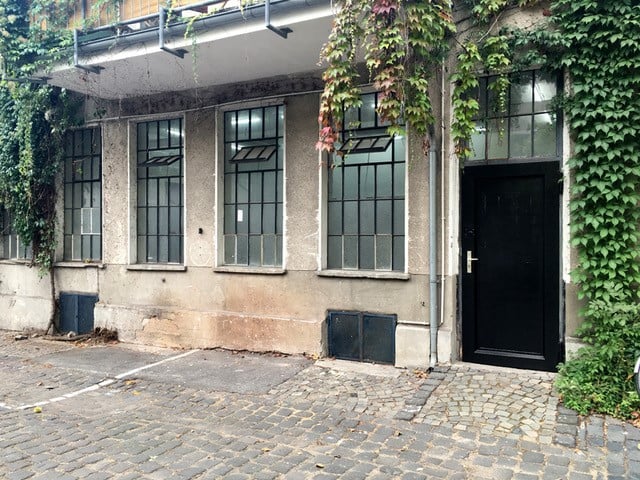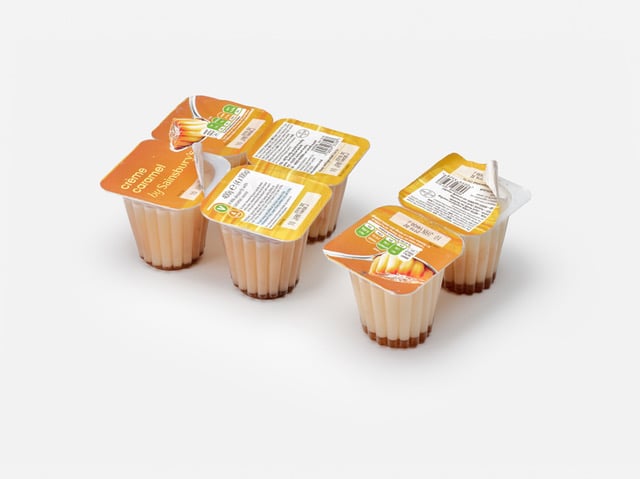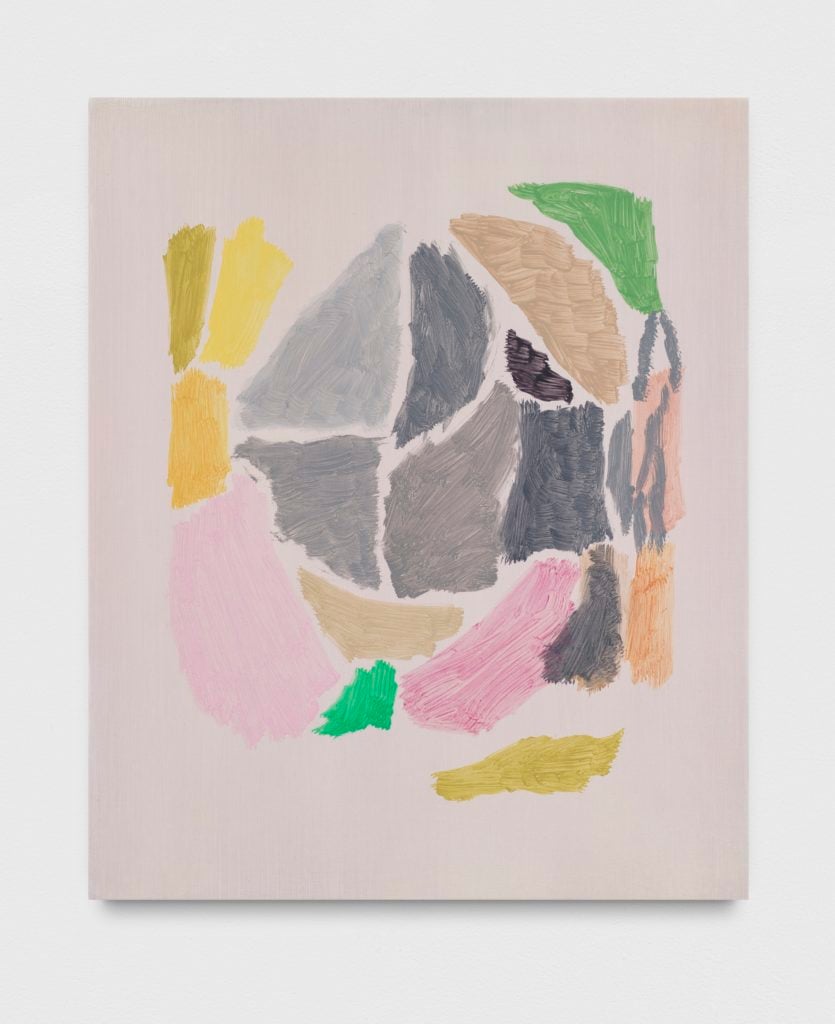
More than 800,000 people who took out car loans from Wells Fargo were charged for auto insurance they did not need, and some of them are still paying for it, according to an internal report prepared for the bank’s executives.
The expense of the unneeded insurance, which covered collision damage, pushed roughly 274,000 Wells Fargo customers into delinquency and resulted in almost 25,000 wrongful vehicle repossessions, according to the 60-page report, which was obtained by The New York Times. Among the Wells Fargo customers hurt by the practice were military service members on active duty.
Wells Fargo, one of the largest banks in the United States, is struggling to repair its image after a scandal in which its employees created millions of credit card and bank accounts that customers had never requested. That crisis, which came to a head last year, toppled Wells Fargo’s chief executive and led to millions of dollars in fines.
The bank also stands accused of having made improper adjustments to the terms of the home loans of customers who were in bankruptcy, which Wells Fargo denies.
Asked about the findings on auto insurance, Wells Fargo officials confirmed that the improper insurance practices took place and said the bank was determined to make customers whole.
ADVERTISEMENT
“We have a huge responsibility and fell short of our ideals for managing and providing oversight of the third-party vendor and our own operations,” Franklin R. Codel, the head of consumer lending at Wells Fargo, said in an interview. “We self-identified this issue, and we made the right business decisions to end the placement of the product.”
The report, which was prepared by the consulting firm Oliver Wyman, looked at insurance policies sold to Wells customers from January 2012 through July 2016. The insurance, which the bank required, was more expensive than auto insurance that customers often already had obtained on their own.
National General Insurance underwrote the policies for Wells Fargo, which began to require the insurance on auto loans as early as 2006. The practice continued until the end of September.

Christine Worley, a spokeswoman for National General, declined to comment.
For borrowers, delinquencies arose quickly because of the way the bank charged for the insurance. Say, for example, that a customer agreed to a monthly payment of $275 in principal and interest on her car loan, and arranged for the amount to be deducted from her bank account automatically. If she were not advised about the insurance and it increased her monthly payment to, say, $325, her account could become overdrawn as soon as Wells Fargo added the coverage.
The report tried to determine how many Wells Fargo customers were hurt and how much they should be compensated. It estimated that the bank owed $73 million to wronged customers.
State insurance regulations required Wells Fargo to notify customers of the insurance before it was imposed. But the bank did not always do so, the report said. And almost 100,000 of the policies violated the disclosure requirements of five states — Arkansas, Michigan, Mississippi, Tennessee and Washington.
Wells Fargo took issue with some of the figures in its own report. In a statement, Jennifer A. Temple, a bank spokeswoman, said the bank determined only 570,000 of its customers may qualify for a refund and that just 60,000 customers in the five states had not received complete disclosures before the insurance placement. Finally, she said, the bank estimated the insurance may have contributed to 20,000 wrongful repossessions, not 25,000.
“We take full responsibility for these errors and are deeply sorry for any harm we caused customers,” Ms. Temple added.
Requiring borrowers to be insured is common in the mortgage arena, where banks expect customers to carry enough homeowners’ insurance to protect the property backing their loans. The term for the practice is “lender-placed insurance.” Pressing such insurance on auto borrowers, however, is not as common: Representatives of Bank of America, Citibank and JPMorgan Chase said they did not offer the policies, though some smaller banks do.
In the Wells Fargo arrangement, National General receives all of the commissions on the insurance it sold to the bank’s borrowers. But for a time the bank shared in those revenues. Wells stopped sharing in the commissions in February 2013, according to the report.
Asked about the bank’s insurance practices, Bryan Hubbard, a spokesman for the Office of the Comptroller of the Currency, Wells Fargo’s regulator, said, “I cannot comment on specific ongoing supervisory matters or potential pending actions pertaining to a particular bank.”
Wells Fargo borrowers sustained financial damages beyond the costs of the insurance, the report said. The harm also included repossession costs, late fees, charges for insufficient funds and damage to consumers’ credit reports.
MISSTEPS AND SCANDAL
From sham accounts to releasing client data, Wells Fargo has drawn negative attention several times over the past year.
Client Data Mistakenly Released
“There are thousands of documents in here that the public should never see,” said a former Wells Fargo employee.Improper Mortgage Changes
“When I realized it was a pattern of filing false documents with the federal court, that was appalling," said a lawyer who assumed the bank had made a clerical error.$185 Million Fine for Sham Accounts
Regulators said the illegal practices, first reported in 2013, reflected serious flaws. The bank fired 5,300 mostly low-level employees.Ex-Workers File Suits
“These are the people who have been left holding the bag,” said a lawyer for the workers who did not create improper accounts and did not meet sales goals.‘Lions Hunting Zebras’
In opening those accounts, the bank targeted immigrants who spoke little English and older adults with memory problems, ex-workers said.Scrutiny for U5 Files
“It’s like being blackballed,” said a lawyer who specializes in Finra arbitration. “It can be a showstopper for a career.”Smothering Customer Lawsuits
The bank is killing lawsuits by moving them into private arbitration. “It is ridiculous,” said a woman suing over sham accounts.
In recent years, consumers have complained to federal regulators about lender-placed insurance on auto loans, the Consumer Financial Protection Bureau’s database shows. Many complaints identified Wells Fargo. In one example, an unidentified Wells Fargo customer reported providing proof to the bank on three occasions that the car was already insured and the new insurance was unnecessary, only to continue receiving calls from bank employees demanding payment of insurance charges.
Wells Fargo automatically imposed the insurance through its Dealer Services unit. Its website says it has more than four million customers and provides a variety of banking services to 14,000 auto dealers around the nation. It says the company’s lender-placed auto insurance “may be considerably more expensive than insurance you can obtain on your own.”
Such policies typically cost more than $1,000 a year, not counting interest. (Customers could pay them in full or finance them over time.) If a car was repossessed, the bank might charge a reinstatement fee of as much as $500, so a borrower could face $1,500 in charges.
Here is how the process worked: When customers financed cars with Wells Fargo, the buyers’ information would go to National General, which was supposed to check a database to see if the owner had insurance coverage. If not, the insurer would automatically impose coverage on the customers’ accounts, adding an extra layer of premiums and interest to their loans.
When customers who checked their bills saw the charges and notified Wells Fargo that they already had car insurance, the bank was supposed to cancel the insurance and credit the borrower with the amount that had been charged.
The Oliver Wyman report indicated that many customers appear not to have notified Wells Fargo of the redundant insurance. This may have been because their payments were deducted automatically from their bank accounts and they did not spot the charges.
According to documents on a Wells Fargo website titled “understanding your auto loan,” the bank had strict rules about the order in which it would apply a customer’s car payment to costs associated with the loan: First to be deducted from a payment would be the interest owed on the car loan. Then the bank would deduct interest charged on the lender-placed insurance. The third deduction would be principal on the loan, followed by the amount of premium owed on the insurance.
This payment structure had the effect of increasing the overall interest borrowers paid on their loans, the Oliver Wyman report noted, because fewer dollars went to reducing the principal outstanding.
Wells Fargo was also aggressive in repossessing vehicles: Some customers endured multiple repossessions, the report said.
Last fall, Wells Fargo Dealer Services had a run-in with regulators, and it agreed to pay $4 million in a settlement with the Justice Department over illegally repossessing cars of military service members. Since that settlement, three top executives have left the Dealer Services division.







